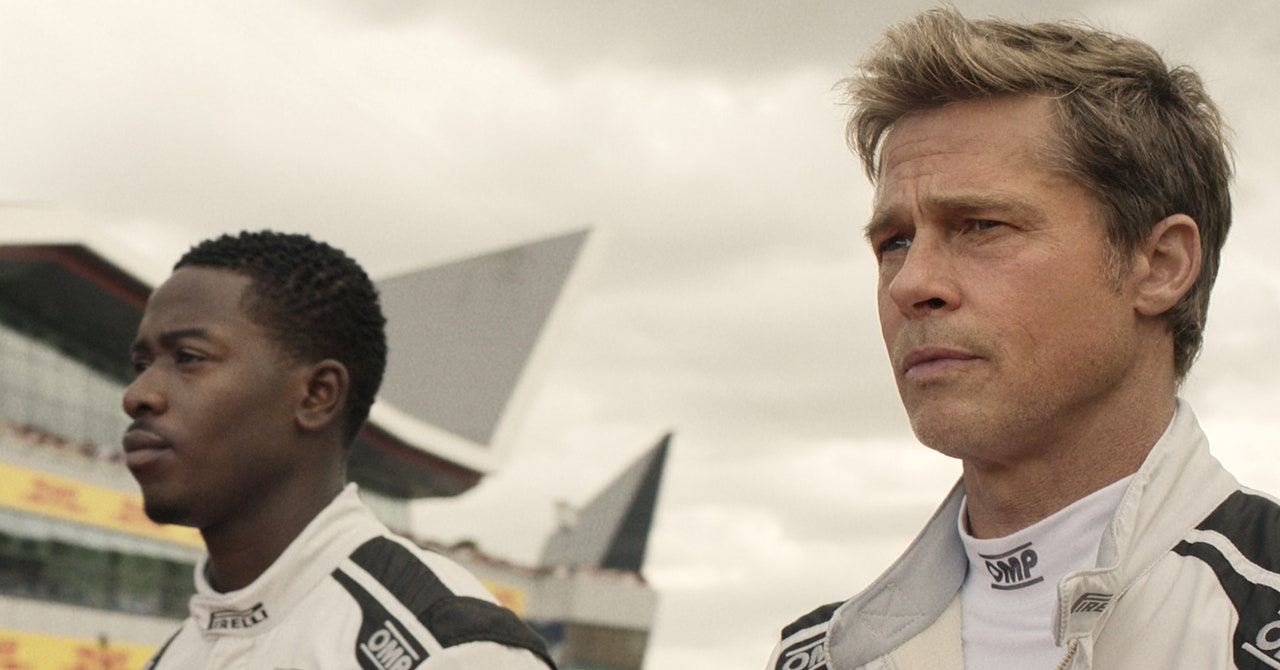Apple Innovates New Camera System for Formula One Film
Apple has embarked on a groundbreaking project to incorporate genuine point-of-view (POV) racing footage into its upcoming Formula One film. This ambitious endeavor, led by director Joseph Kosinski and cinematographer Claudio Miranda, has presented unique challenges, particularly in adapting the technology to meet the stringent requirements of Formula One racing vehicles.
The Challenge of Racing Footage
Capturing high-quality racing visuals is not a simple task, especially within the confines of a Formula One car. These vehicles are engineered to precise specifications, and attaching a standard action camera poses significant challenges. The distinctive footage commonly seen during races, typically recorded from just behind the cockpit, utilizes specialized onboard cameras tailored for broadcasting. These systems employ specific color codecs and spaces to ensure consistent quality. Given these constraints, integrating this broadcast imagery seamlessly into the Apple Original was deemed potentially unfeasible.
Innovative Custom Camera Design
To overcome these hurdles, Apple’s engineering team devised a customized camera system utilizing components typically found in an iPhone. The novel module is designed to replicate the appearance of traditional broadcast cameras while ensuring it adheres to the weight specifications required by Formula One regulations. On the internal side, however, it boasts a different set of features.
Apple showcased this innovative module during the recent Worldwide Developers Conference (WWDC), highlighting its integration with a real Formula One car. At its core, the module harnesses an iPhone camera sensor powered by a potent A-series chip. Although Apple has kept the specific sensor and chipset details under wraps, it’s plausible that the design leveraged technologies akin to those in the iPhone 15 Pro, including its advanced 48-megapixel primary camera.
Robust Performance Under Extreme Conditions
Recognizing the demands of high-speed racing environments, Apple’s engineering team conducted extensive testing to ensure the camera could withstand harsh conditions, including intense vibrations and temperature fluctuations. Remarkably, the custom module reportedly exceeded the durability standards set forth by Formula One.
Operating on a customized version of iOS, the camera captures footage in log format using Apple’s ProRes lossless video codec. This approach yields footage with a flattened dynamic range, empowering film editors with greater flexibility in color grading to achieve visual consistency throughout the film.
Custom Control Features
Since the camera lacks integrated wireless communications, a bespoke iPad application facilitates real-time adjustments. Filmmakers can connect their iPads via USB-C to modify settings such as frame rate, exposure gain, shutter angle, and white balance. This application also enables users to start and stop recordings directly.
The unique perspectives captured with this innovative camera system are set to be highlighted throughout the forthcoming Formula One film, representing a significant fusion of technology and cinematic artistry.
Conclusion
This pioneering camera solution not only reflects Apple’s commitment to integrating cutting-edge technology into film production but also promises to enhance the authenticity and immersive experience of the Formula One narrative. With this custom system, Apple is poised to redefine how racing footage is captured and presented in cinema.




